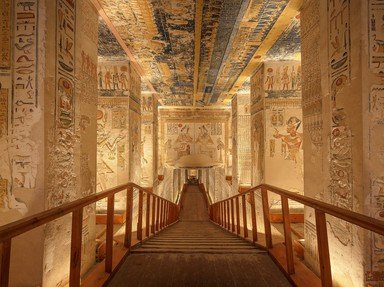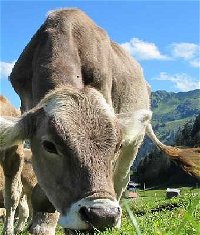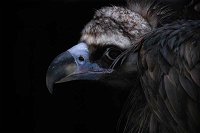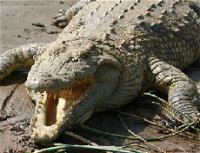
Holy Cow and other Egyptian Deities Quiz
Egyptian Deities and Their Sacred Animals
Animals featured greatly in ancient Egypt culture. Here we have the images of twelve animals, a number selected for photo display symmetry. Can you match each to the God with whom it is associated?
by gme24.
Estimated time: 3 mins.











